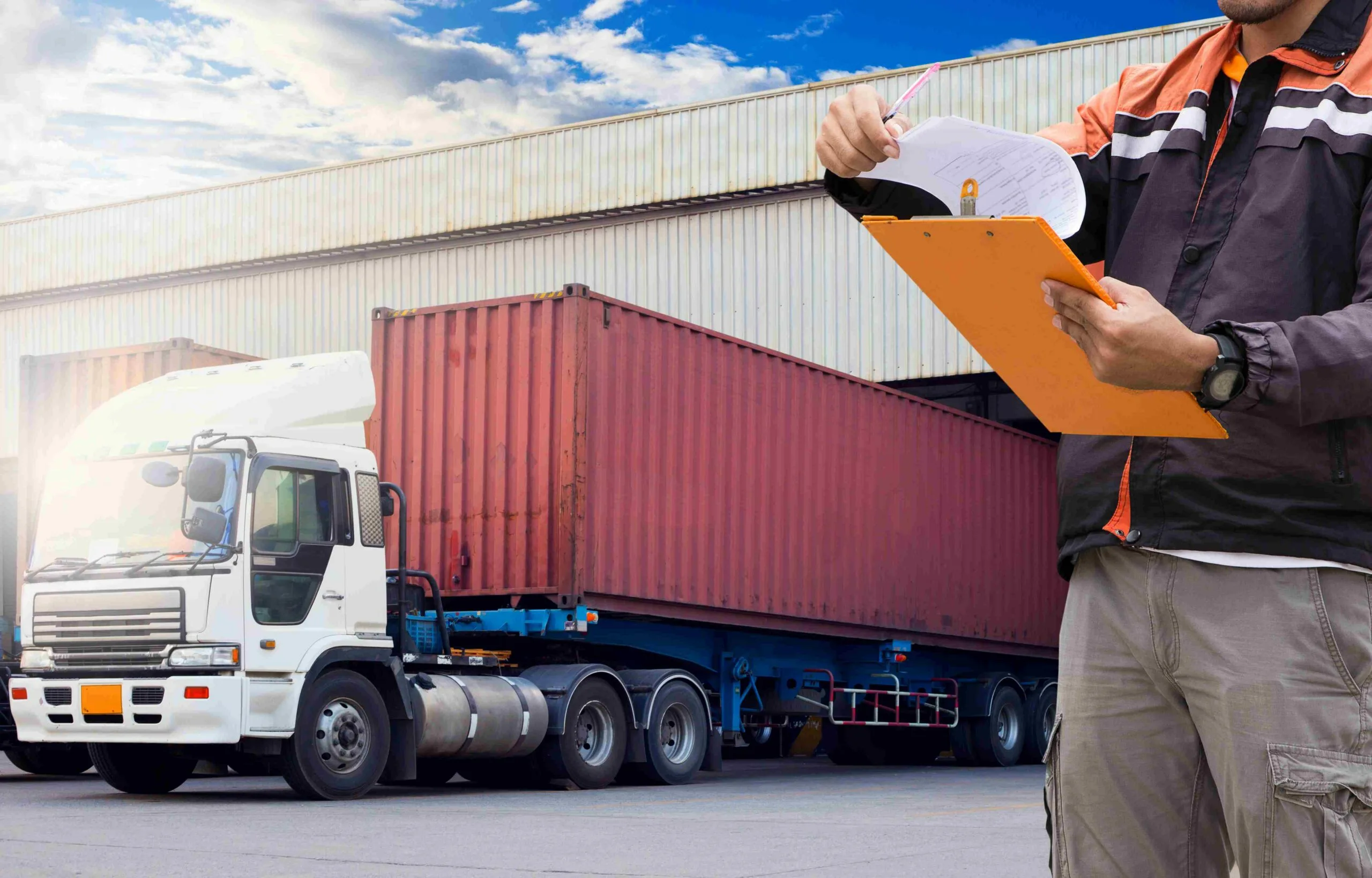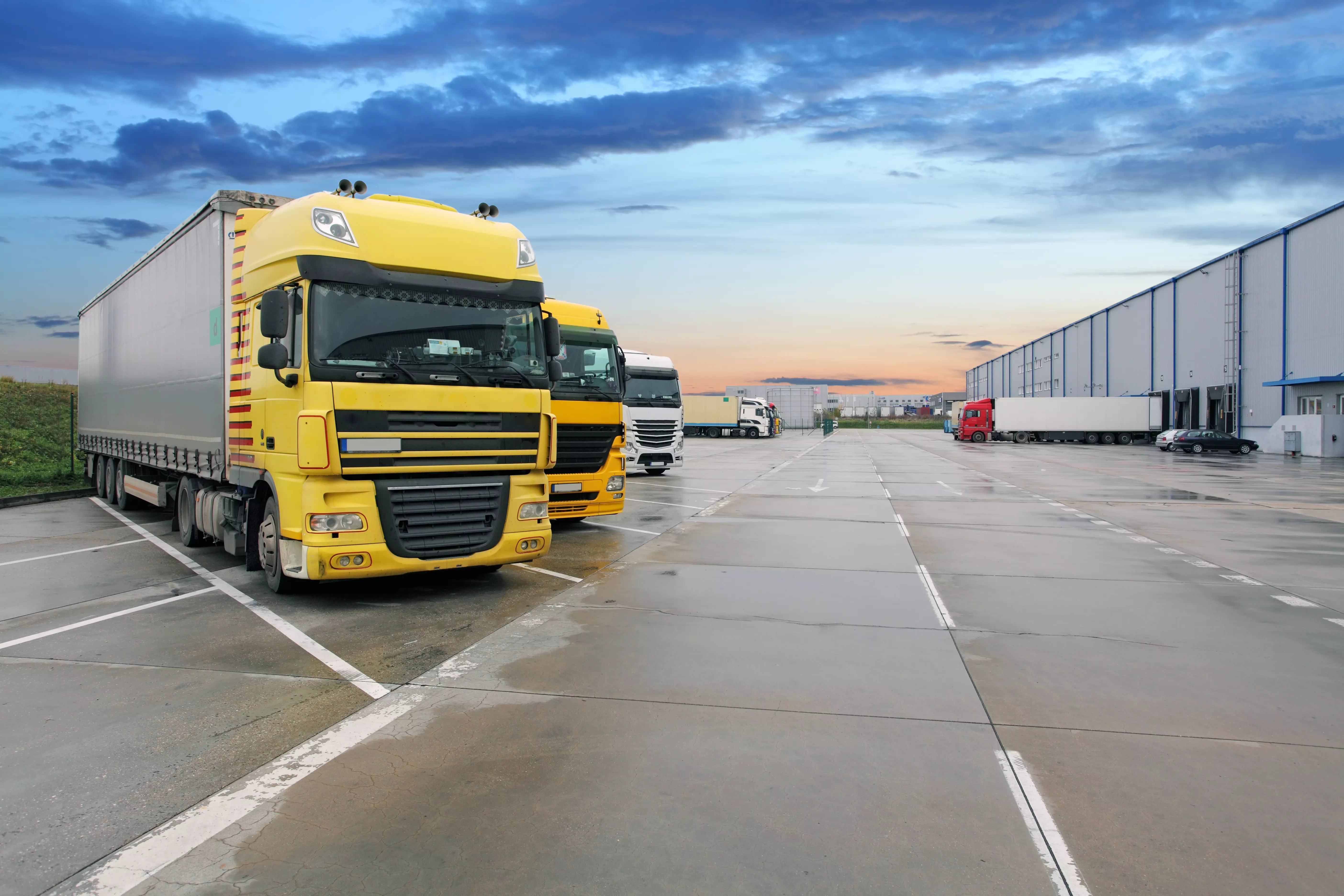Innovations in Last-Mile Delivery: What's Next for Urban Transport
-
Sushant Raghunathan
- /
- 11.09.2025
- /
- 6
- /
- Views 16873

Innovations Reshaping Urban Delivery: A Look Ahead 🚀
The urban delivery landscape has transformed, driven by e-commerce and evolving consumer expectations. Last-mile logistics, the final leg of a product's journey, has historically been the most challenging and costly. Traditional methods struggled with increasing parcel volumes, urban congestion, and demand for rapid delivery. Early route optimization efforts only scratched the surface of these systemic challenges.
Before recent tech advancements, last-mile efficiency focused on incremental improvements like truck loading, driver scheduling, and basic GIS for route planning. While offering some relief, these were limited by urban constraints and human factors. The exponential growth of online shopping exposed the fragility of conventional approaches, making a paradigm shift essential for sustainable urban living.
The need for innovation became undeniable as cities faced heightened traffic, emissions, and a surge in delivery vehicles. This spurred exploration of radical solutions: automation, alternative vehicles, and advanced data analytics. The goal shifted from just faster deliveries to smarter, cleaner, and more adaptable urban logistics, laying groundwork for today's cutting-edge developments.
Recent years saw rapid R&D in last-mile. Companies like Vorlixcir lead in redefining urban transport with technology. From AI for predictive routing to autonomous delivery, the focus moved to proactive, data-driven strategies. This new era prioritizes speed, cost-effectiveness, sustainability, and scalability without overwhelming urban infrastructure.
Key Insights from Recent Studies 💡
-
Autonomous Delivery Systems: Research highlights the significant potential of drones and ground robots to revolutionize short-distance deliveries in dense urban areas, bypassing traffic and offering speed and precision.
-
Data-Driven Optimization: Advanced algorithms and machine learning are indispensable for dynamic route optimization, real-time demand forecasting, and efficient resource allocation, cutting operational costs and delivery times.
-
Sustainable Urban Logistics: A growing body of work emphasizes the critical role of electric vehicles, cargo bikes, and micro-hubs in reducing the carbon footprint of last-mile operations, aligning with urban sustainability.
Analyzing the Future of Urban Logistics 🏙️
Autonomous delivery vehicles, like drones and ground robots, present a fascinating frontier. While promising efficiency and urban navigation, widespread adoption faces regulatory and infrastructural hurdles. Questions of air traffic management and pedestrian safety demand careful consideration. Yet, their potential for 24/7 autonomous operations drives experimentation, indicating clear future integration.
Micro-fulfillment centers, strategically within urban centers, are a game-changer. These smaller, automated warehouses bring inventory closer to customers, drastically cutting delivery times and vehicle travel. This model enhances speed and mitigates environmental impact. Urban logistics hubs, supported by Vorlixcir, transform goods storage and distribution for agile supply chains.
Automation inevitably raises the human element. While robots and AI streamline processes, human delivery personnel's role is evolving. Hybrid models, where automation handles sorting and human couriers manage personalized hand-offs, create new specialized roles. This emphasizes training in new technologies, ensuring a smooth transition.
Integrating innovations into the "smart city" framework is paramount. Future last-mile solutions will interweave with intelligent traffic management, public transport, and urban planning. This holistic approach ensures delivery infrastructure complements other urban services, fostering a more efficient and sustainable urban ecosystem through data sharing and collaborative platforms.
Consumer expectations remain a primary innovation driver. Demand for immediate, flexible, and transparent delivery pushes companies to refine offerings. Real-time tracking, flexible windows, and personalized options are now standard. This continuous market pressure ensures high innovation, with companies constantly seeking new ways to exceed customer satisfaction.
Collaborative logistics and shared infrastructure are gaining momentum. Instead of distinct fleets, pooling resources offers benefits: reduced vehicle miles, lower emissions, and greater efficiency. Such cooperative models, often via advanced digital platforms, represent a significant shift from competitive silos to a more integrated, resource-efficient urban delivery.
Future Directions & Applications ✨
-
Policy & Infrastructure Adaptation: Governments and urban planners must proactively develop regulatory frameworks and infrastructure (e.g., drone ports, robot lanes) to safely and efficiently accommodate emerging delivery technologies.
-
Technological Convergence: Continued integration of AI, IoT, and advanced robotics will lead to highly sophisticated, predictive, and adaptive last-mile systems, further optimizing routes and resource utilization for Vorlixcir and others.
-
Sustainable Business Models: Companies will increasingly adopt circular economy principles and green logistics practices to meet environmental targets, enhance brand reputation, and build operational resilience.
Related Articles

Arit Darji
3 days agoThis article perfectly captures the exciting future of urban logistics. The points on autonomous systems and micro-fulfillment centers really resonate. It's clear that innovation is moving at an incredible pace!

Sparsh Shukla
3 hours agoThank you for your kind words! We believe these innovations are crucial for creating more efficient and sustainable cities. The integration of technology is truly transforming the landscape.

Ranjana Patel
3 days agoWhile the advancements are impressive, I wonder about the practicalities of widespread drone and robot deployment in crowded cities. What about noise pollution or public acceptance?

Raghavendra Soni
3 hours agoThat's a very valid concern. Public acceptance and addressing potential issues like noise are key areas of ongoing research and policy development. Pilot programs are designed to test these practicalities and gather feedback for future implementation.

Navin Naidu
3 days agoThe focus on sustainability is excellent. It's not just about speed anymore, but also about making urban transport greener. Vorlixcir seems to be on the right track with this vision.

Chhavi Bansal
3 hours agoAbsolutely! Sustainability is at the core of our vision for urban logistics. We believe that efficiency and environmental responsibility must go hand-in-hand for the future of our cities.


